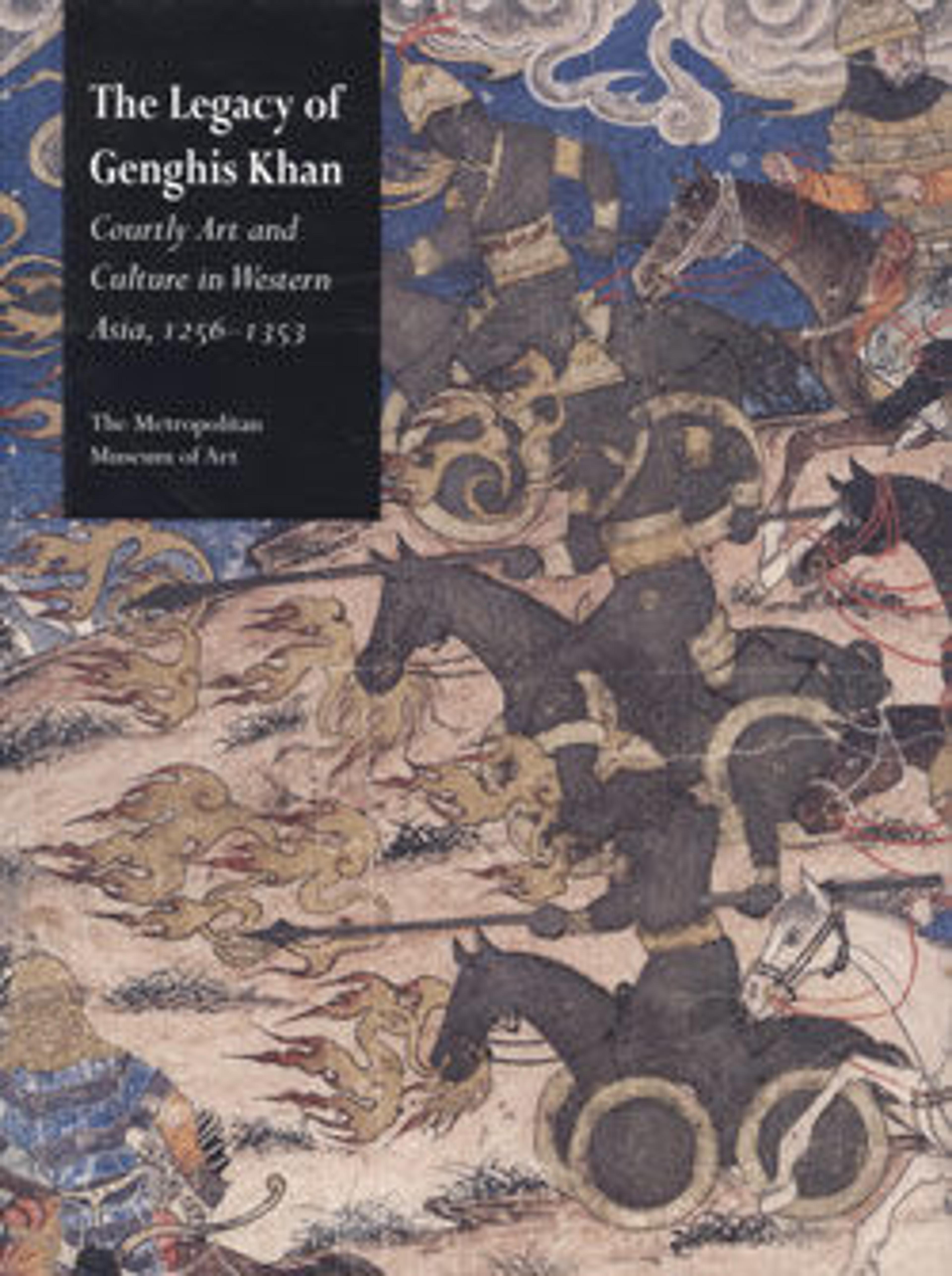Bowl with Fish Motifs
Ilkhanid-period potters in Iran imitated the range of green glazes of imported Chinese celadon wares, though they did not always succeed in duplicating their colors. This bowl is one of the more accomplished attempts. Its color, shape and decoration of three playful fish relate closely to wares produced in the kilns of Longquan, China during the Song period (960–1279).
Artwork Details
- Title:Bowl with Fish Motifs
- Date:first half 14th century
- Geography:Attributed to Iran
- Medium:Stonepaste; molded and glazed
- Dimensions:H. 5 in. (12.7 cm)
Diam. 1 1/4 in. (28.6 cm) - Classification:Ceramics
- Credit Line:H. O. Havemeyer Collection, Gift of Mrs. Horace Havemeyer, in memory of her husband, Horace Havemeyer, 1959
- Object Number:59.60
- Curatorial Department: Islamic Art
More Artwork
Research Resources
The Met provides unparalleled resources for research and welcomes an international community of students and scholars. The Met's Open Access API is where creators and researchers can connect to the The Met collection. Open Access data and public domain images are available for unrestricted commercial and noncommercial use without permission or fee.
To request images under copyright and other restrictions, please use this Image Request form.
Feedback
We continue to research and examine historical and cultural context for objects in The Met collection. If you have comments or questions about this object record, please contact us using the form below. The Museum looks forward to receiving your comments.
